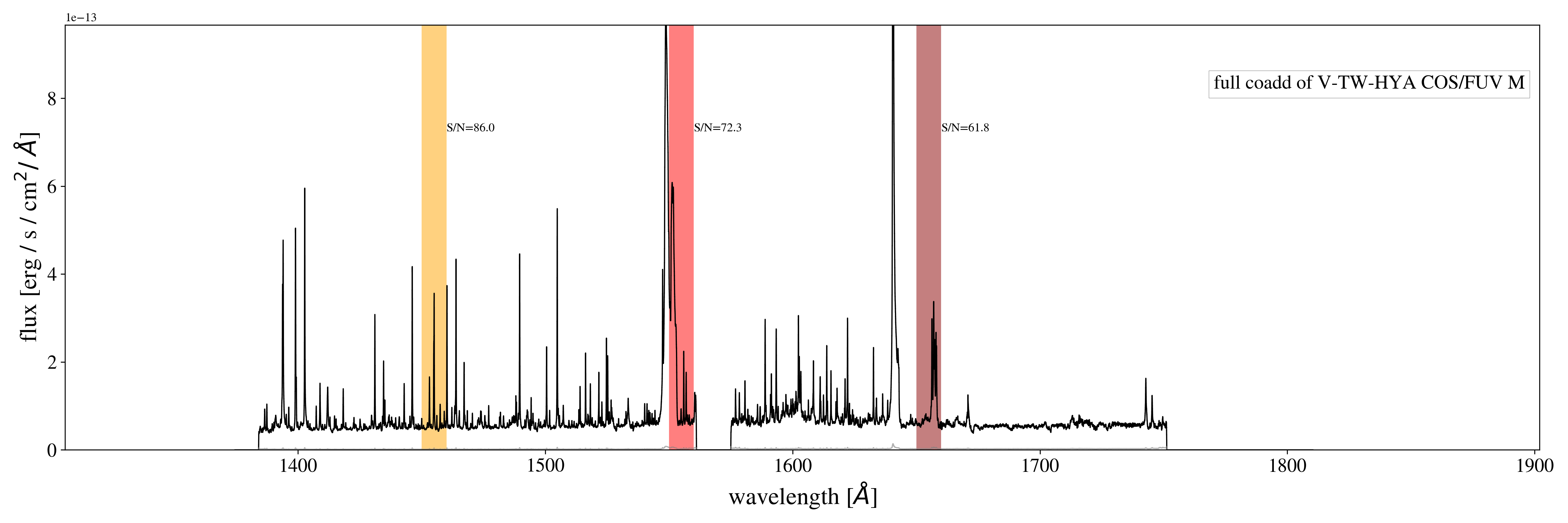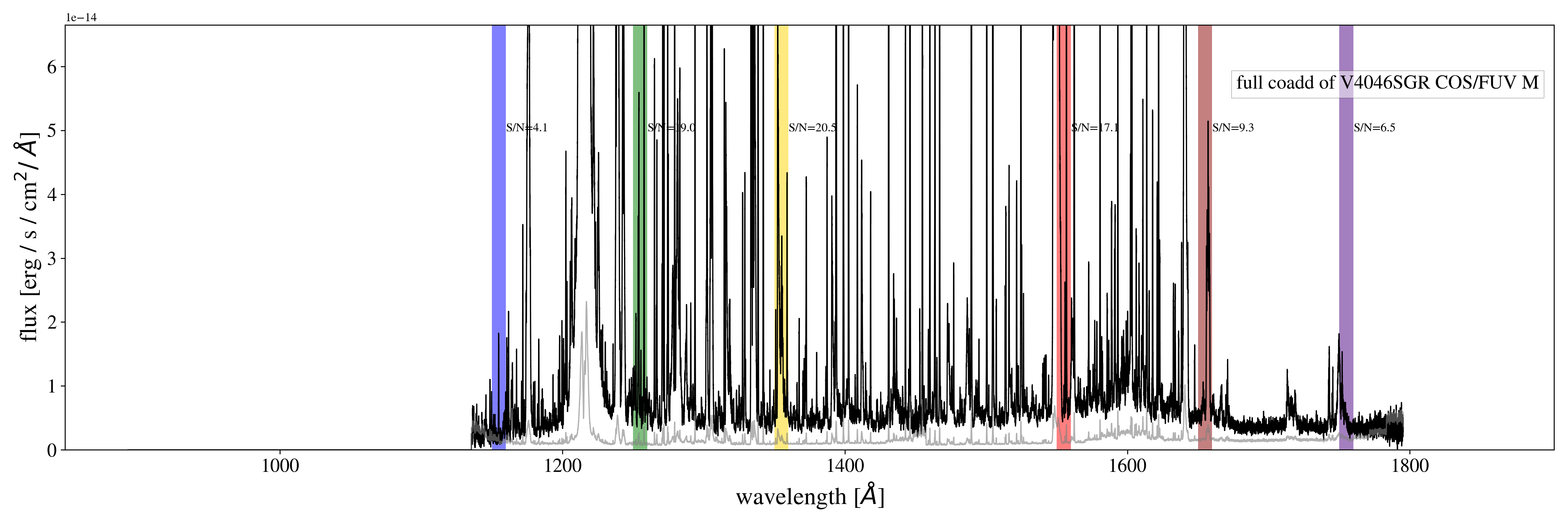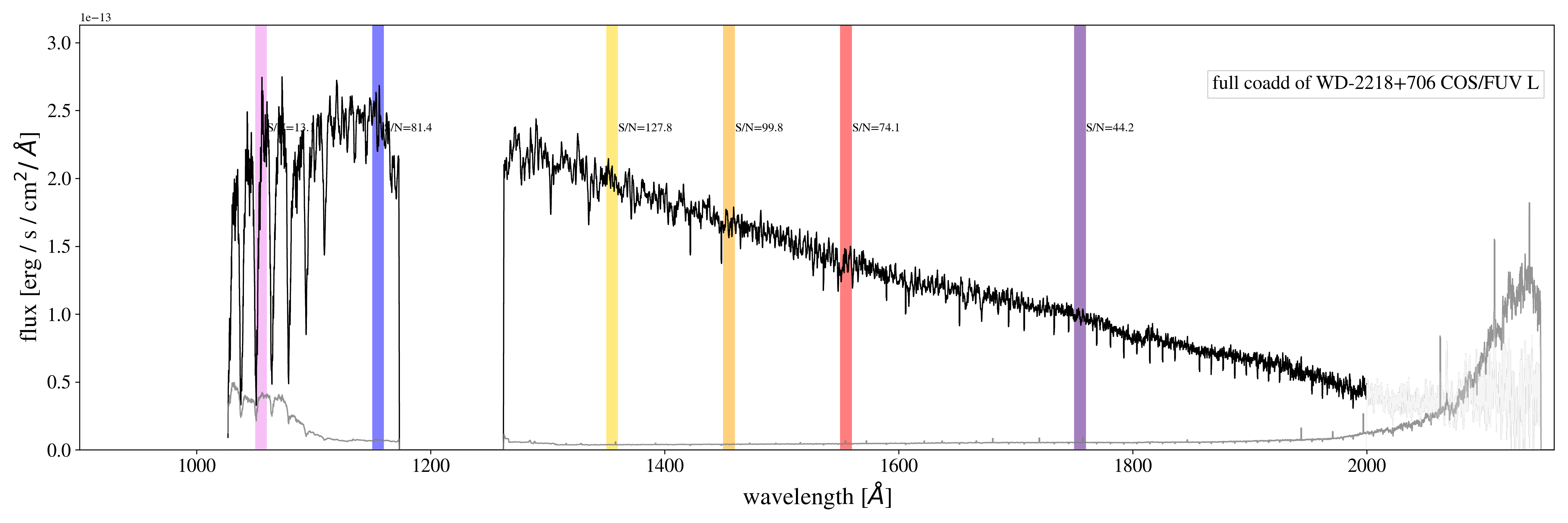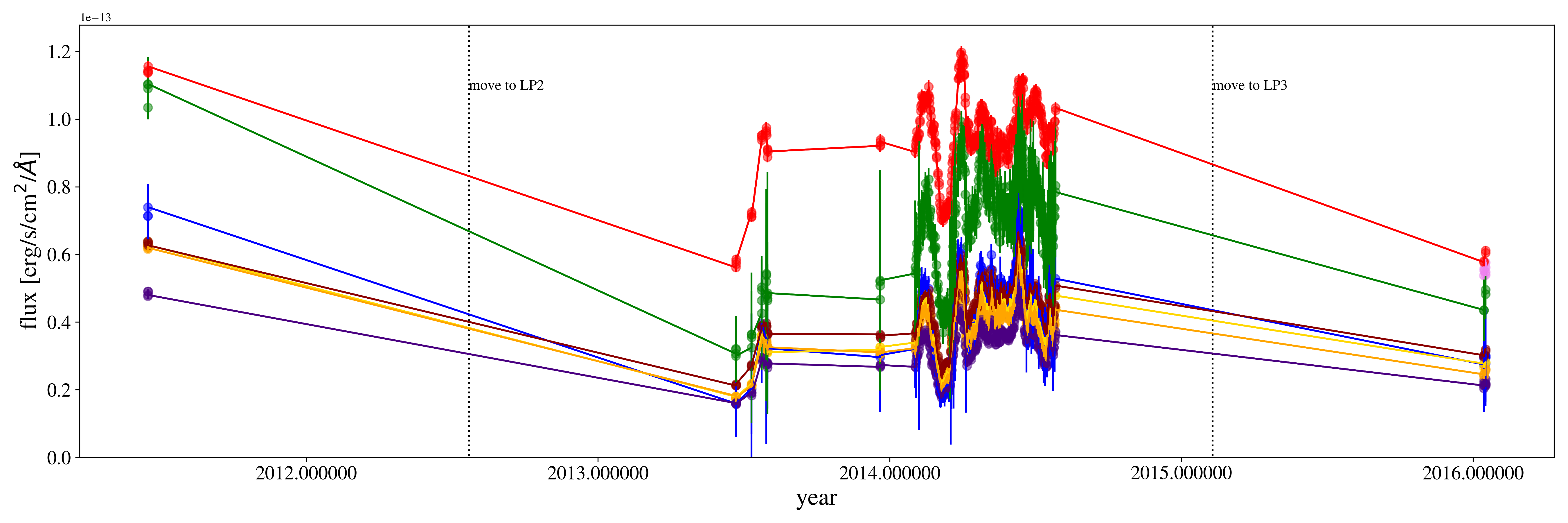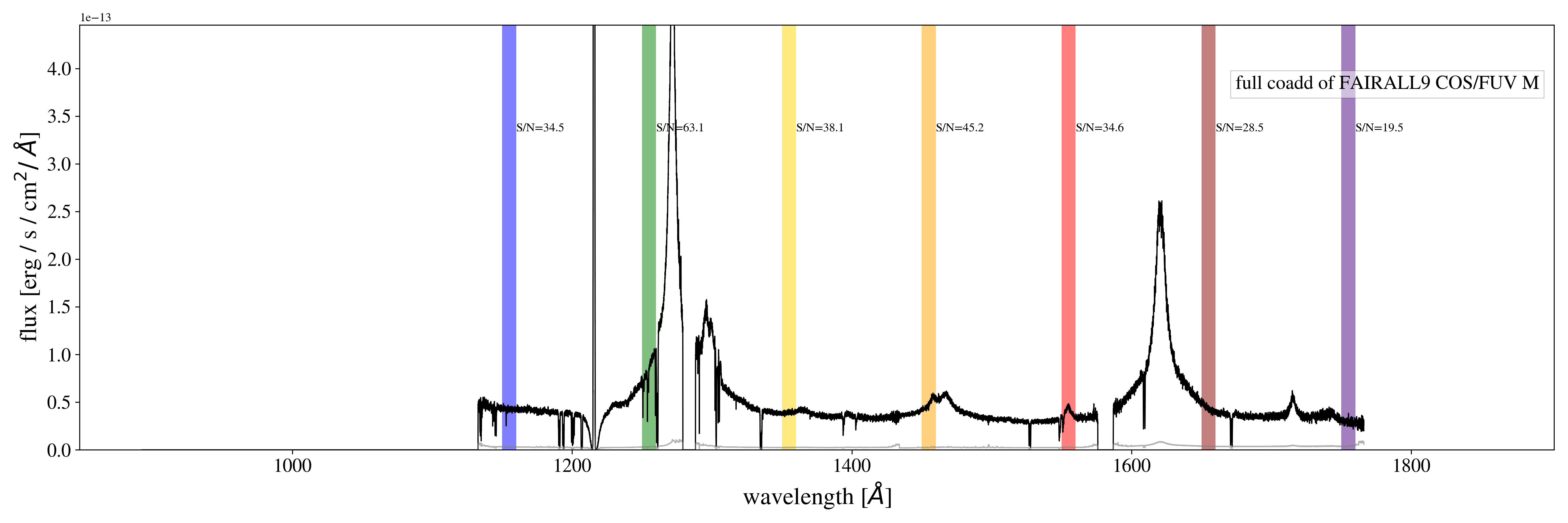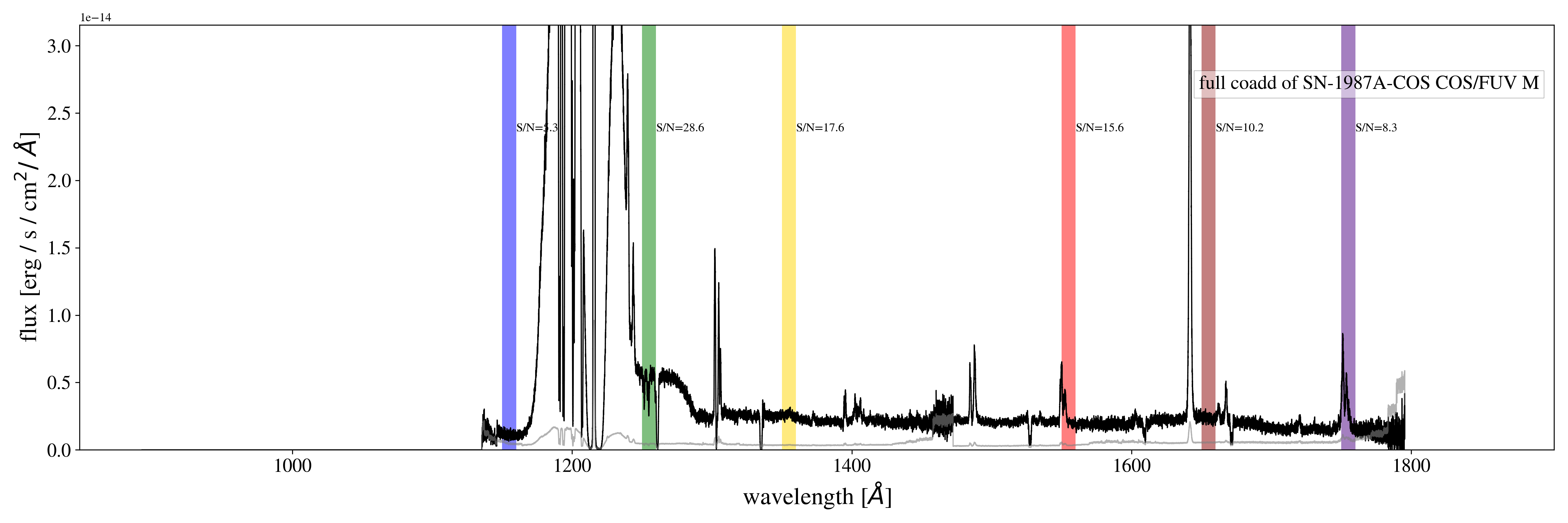Introduction
With no space ultraviolet instruments currently planned for the near future, the data from the UV spectrographs aboard the Hubble Space Telescope (HST) possess a legacy value beyond their initial science goals. Since early 2016, the Hubble Spectroscopic Legacy Archive (HSLA) provides the community with all raw and associated combined spectra for COS far-ultraviolet data publicly available in the Mikulski Archive for Space Telescopes ("MAST"). These data are packaged into "smart archives" according to target type and scientific themes to facilitate the construction of archival samples for common science uses.
With every release the HSLA contents are also augmented with all COS datasets entered in the public domain since the previous release. These releases also capture significant calibration enhancements of the spectroscopic data they hold. In particular, this release of the HSLA was timed to inform proposers in preparation for the HST Cycle 26 call for proposals.
STIS UV spectra will be made available in future releases.
Introduction Text
Slideshow
Documentation
Data Access
Acknowledgment
If the contents of the HSLA were helpful to your research work, the following acknowledgment would be appreciated: "This research has made use of the HSLA database, developed and maintained at STScI, Baltimore, USA." Please also cite this ISR.
Important Notes
- The content and format of the data are designed to enable users to assess the quantity and quality of data that already exist in the archive to support their science goals.
- The science-readiness of the HSLA products depends on the intrinsic nature of the targets considered (e.g., variable or non-variable) and their extent (point sources or extended sources). In all cases, the HSLA utilizes the individual *x1d* files produced by the standard COS pipeline to generate the co-adds included in the database.
Mission Overview
Latest Updates
July 2018 Data Release
- 1074 newly released COS FUV data and associated co-added products added since April 2017
- FUV Blue Modes now included (G130M/1055/1096/1222)
- FUV co-adds now include LP3 and LP4 in addition to LP1 and LP2, with updated dispersion solutions
- 248 newly released COS NUV data products added since April 2017
- NUV co-added products now available; updated dispersion solution zero points are used
- Redesigned target product page with FUV and NUV co-add "Quick Looks"
- FUV and NUV failed visits now excluded from co-adds for enhanced data product quality
Feedback
We invite questions and comments about the database to hst_spec_legacy@stsci.edu.

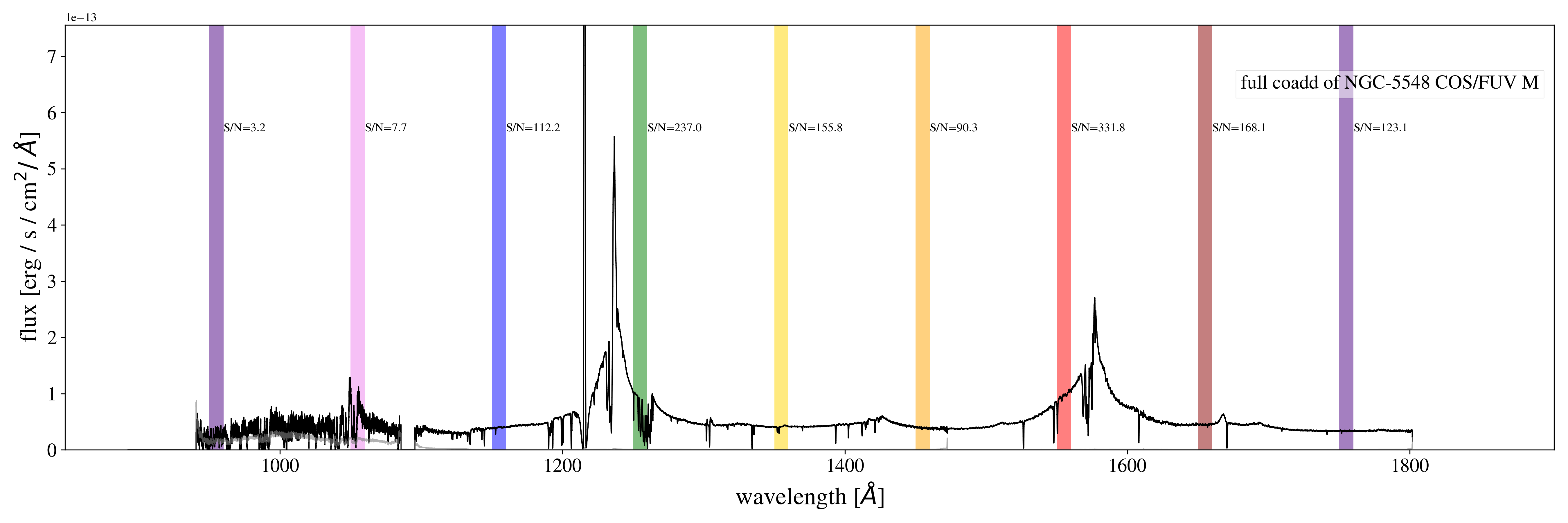
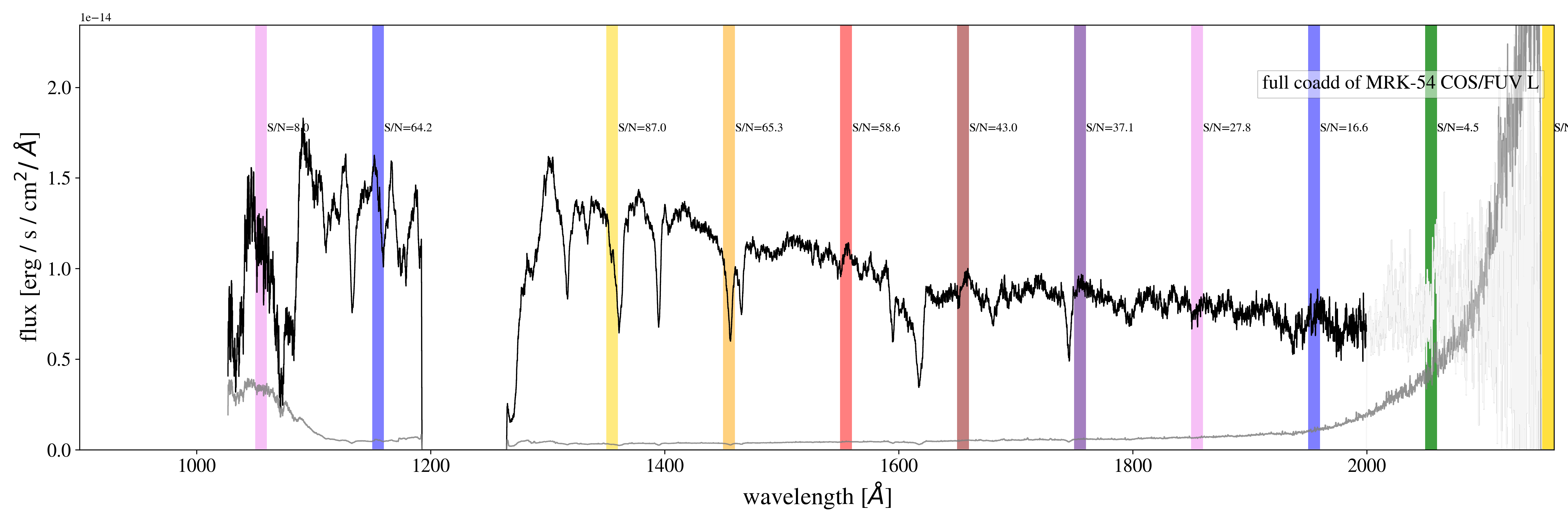
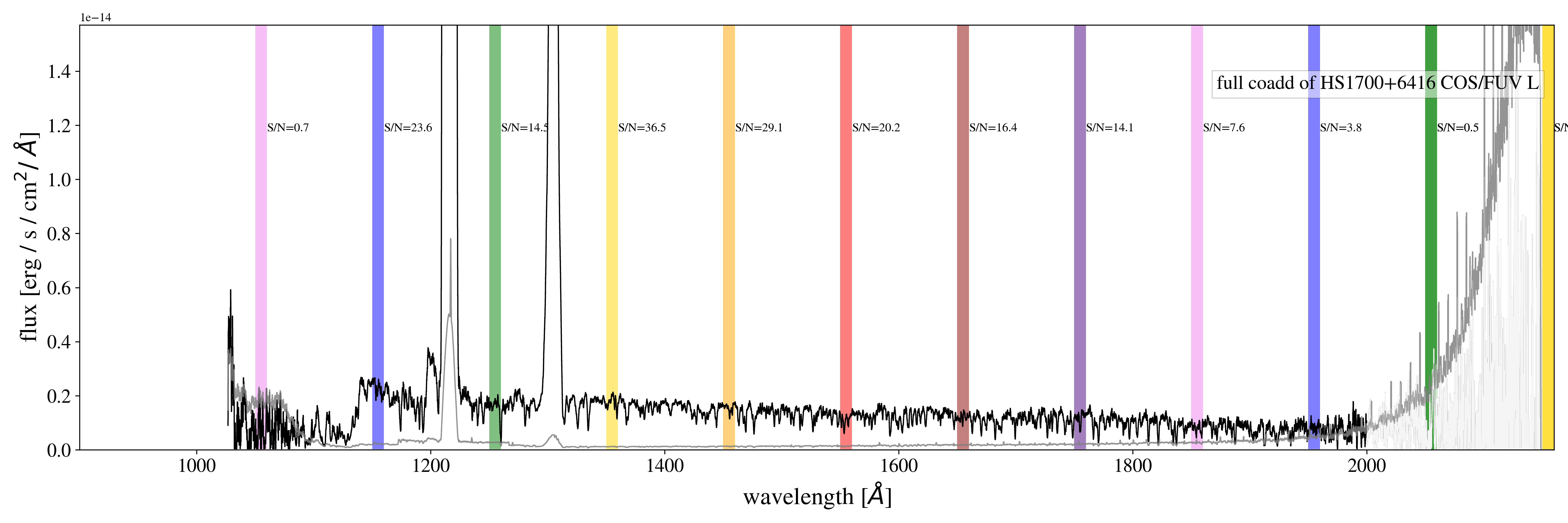
.png)
